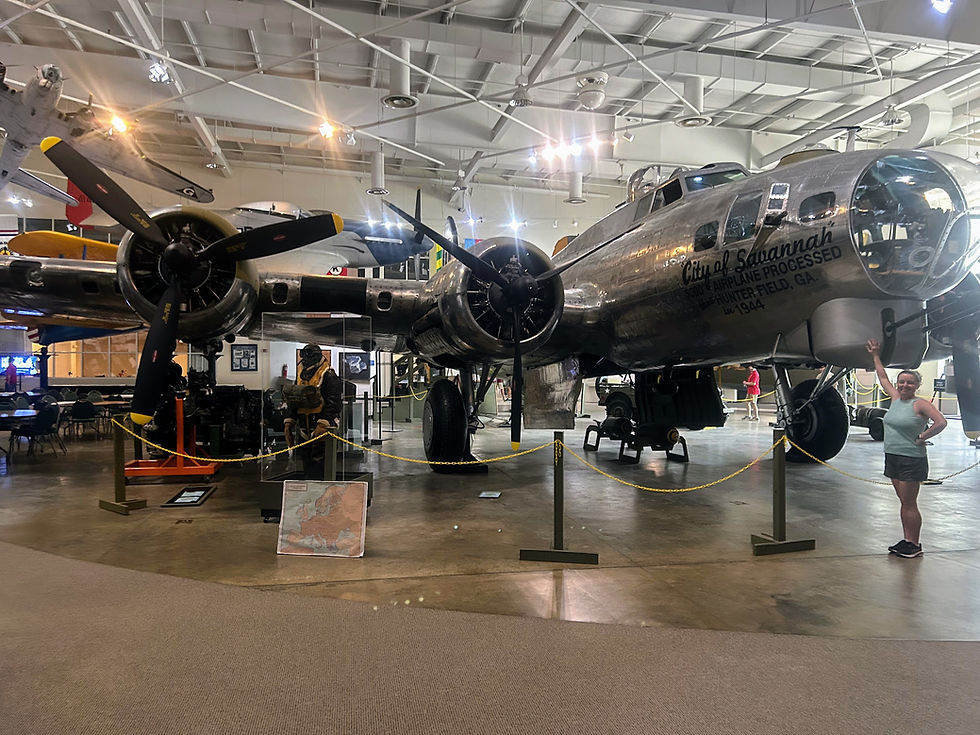The Art of War
- Laci Barry Post
- Nov 21, 2014
- 2 min read
Updated: Sep 14, 2020

Even in war, art must go on! Edouard Patte, a Red Cross Inspector, was surprised to find an art studio when he visited Fort McClellan’s POW camp in 1944. He wrote, “Since my last visit 4 barracks were set aside as art studios. Within them are working a few painters, sculptors, toy-makers and handicraft addicts who do some commendable work. Those little studios with self-made benches, old canvas frames, tin cans full of red, blue, yellow, black, and white, with paintings of European landscapes, of marines, of winter scenes, of still nature, cheeses, sausages and beer, of glorious bouquets of germanium, with portraits of soldiers, or Arabs, of nude women or of a child offer a striking resemblance to the Montparnesse Penthouse.”
A 1943 POW Occupational Summary stated that four artists, three stonecutters, seven woodworkers, 13 stonemasons, and one sculptor were among the 3,000 prisoners at Fort McClellan. These men left behind stonework, stone walls, and patios. Perhaps the most visible piece they left behind, however, is the murals in Remington Hall, which was the Officer’s Club. The murals are painted on the upper five feet of each wall and match the Spanish Colonial style of the building. Scenes depict soldiers fighting, soldiers at leisure, and everyday life in a city. In efforts to preserve the murals, two signatures were uncovered, Albin Sagadin and Herbert Bolau. Albin Sagadin studied at the Dresden Academy of Arts, arrived at Fort McClellan when he was 30 in 1944, returned to Germany after the war, married his wife Maria, had one child named Carmen, and lived to the age of 84. Less is known about Herbert. He was 22 when imprisoned at the fort and originated from East Prussia.
The POWs at Fort McCellan not only lived and worked while they were at the fort, but they left behind lasting remembrances in the form of art and physical improvements to the once busy fort. Join efforts to preserve Remington Hall and the POW murals! Visit www.facebook.com/RestoreRemingtonHall to learn more.
“A large wooden bar jutted out into the center of the room, and tables and chairs surrounded it and lined the windows looking out onto Buckner Circle. What arrested Carson’s attention, though, were the half-finished murals running across the top five feet of each wall. A man with his back turned away from him was holding a paintbrush and contemplating the wall in front of him.”
Songbird, Chapter 29




Comments